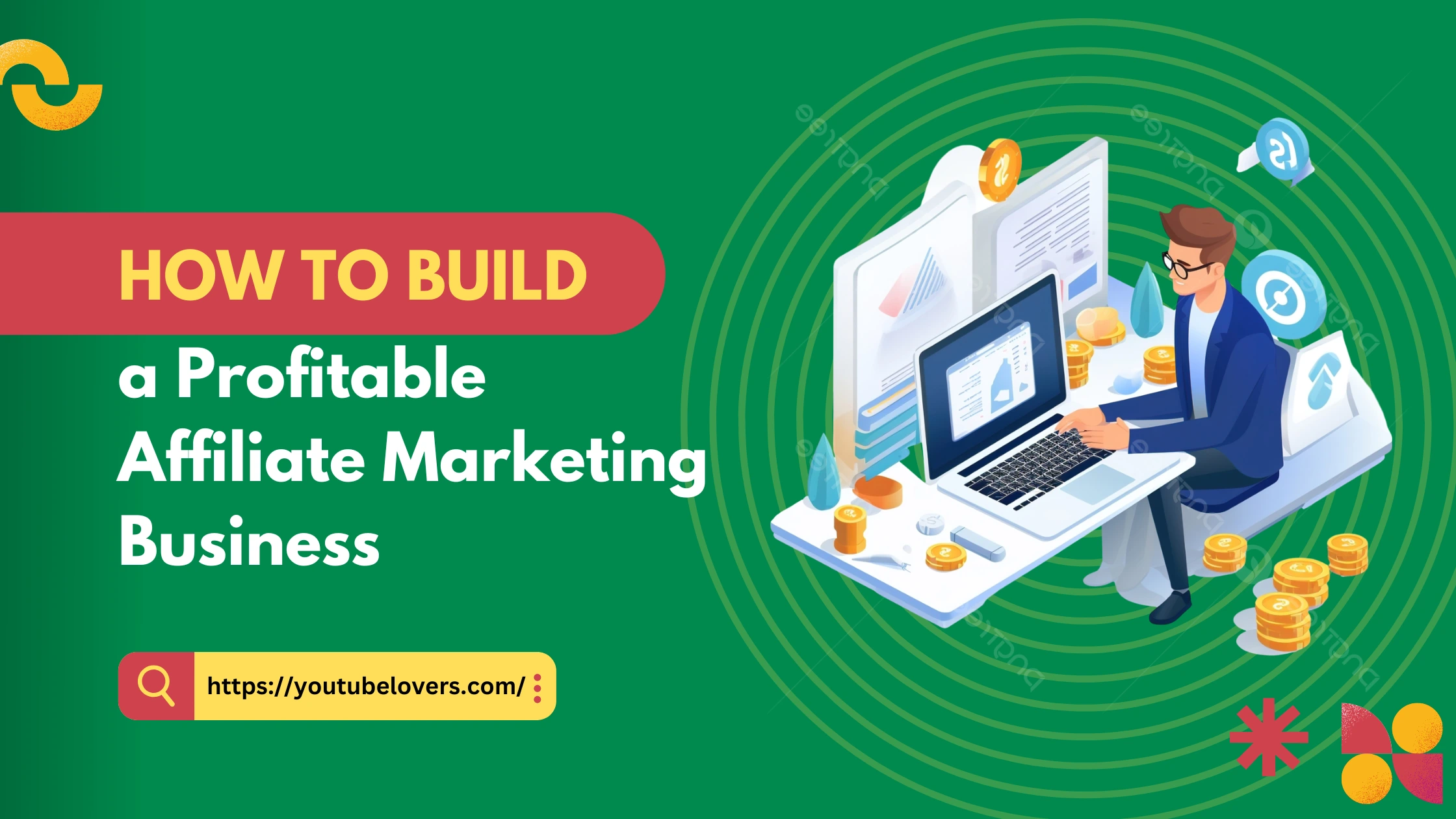Physical Address
304 North Cardinal St.
Dorchester Center, MA 02124
Physical Address
304 North Cardinal St.
Dorchester Center, MA 02124

The affiliate marketing industry is projected to reach an impressive $15.7 billion by 2024, making it one of the fastest-growing segments in the digital economy. If you’re looking to create a sustainable online income stream with relatively low startup costs, building an affiliate marketing business could be your ideal path to financial freedom. This comprehensive guide will walk you through the essential steps to create, grow, and scale a profitable affiliate marketing operation that generates passive income while you sleep.
Affiliate marketing is essentially a performance-based business model where you (the affiliate) earn commissions for promoting other companies’ products or services. The ecosystem consists of three main parties:
There are three primary approaches to affiliate marketing:
What makes affiliate marketing particularly attractive is its low barrier to entry. You don’t need to create products, manage inventory, or handle customer service. The business model offers exceptional scalability and the flexibility to work from anywhere with an internet connection.

Your niche selection is perhaps the most crucial decision you’ll make when building your affiliate marketing business. The right niche creates the foundation for sustainable long-term success.
When evaluating potential niches, consider these key factors:
Some consistently profitable niches include health and wellness, personal finance, technology, self-improvement, and home improvement. These “evergreen” markets have consistent demand regardless of economic conditions or passing trends.
The sweet spot is finding a niche with a passionate audience, decent search volume, and products with attractive commission structures.
Once you’ve identified your niche, it’s time to find the right affiliate programs to promote. Your options include:
Major affiliate networks:
Direct partnership programs where you work directly with the product creator
When evaluating potential programs, consider these factors:
High-ticket affiliate programs offering commissions of $100+ per sale can accelerate your income growth, though they may have longer sales cycles and require more sophisticated marketing.

Your affiliate marketing platform is the foundation of your business. Common options include:
If building a website, invest in:
Your platform should be designed with both search engines and users in mind. Fast loading speeds, clear navigation, and a professional appearance build trust with your audience and improve conversion rates.
Read More: The best 17 Wellness Affiliate Programs to Join in 2025
Content is the lifeblood of your affiliate marketing business. The most effective types include:
The most successful affiliate content follows a consistent formula:
Remember to always disclose your affiliate relationships to maintain transparency and comply with FTC guidelines.

Even the best affiliate content won’t generate revenue without targeted traffic. Your traffic strategy should include:
Organic traffic methods:
Paid traffic methods:
For beginners, focusing on organic traffic methods is often more sustainable while you learn the ropes and build your content library. As your business grows, reinvesting profits into paid advertising can accelerate your growth.
Read More: Farfetch Affiliate Program: Detailed Review & Tips to Maximize Your Earnings
Data-driven decisions are crucial for scaling your affiliate marketing business. Key metrics to track include:
Essential tools for performance analysis include:
Use this data to identify your most profitable content, traffic sources, and affiliate offers. Double down on what works and improve or eliminate what doesn’t.
Once you’ve established a profitable foundation, it’s time to scale your affiliate marketing business:
Many successful affiliate marketers eventually create their own digital products to complement their affiliate offers, creating multiple revenue streams from the same audience.
Building a profitable affiliate marketing business requires careful planning, consistent effort, and ongoing optimization. By selecting the right niche, partnering with quality merchants, creating valuable content, and implementing effective traffic strategies, you can build a sustainable online business with tremendous growth potential.
Remember that affiliate marketing isn’t a get-rich-quick scheme—it’s a legitimate business model that rewards patience and persistence. The most successful affiliate marketers focus on providing genuine value to their audience first, with commissions being the natural result of helpful recommendations.
Start your affiliate journey today by choosing your niche and researching potential affiliate programs. With dedication and the right approach, you could be well on your way to building a profitable affiliate marketing business that provides both financial freedom and lifestyle flexibility.
Earnings vary widely, from a few hundred dollars monthly for beginners to six or seven figures annually for established affiliates. Your income potential depends on your niche, traffic volume, conversion rates, and the commission structure of your chosen programs.
Most successful affiliates see their first commissions within 3-6 months, with significant income typically taking 12-18 months of consistent effort. Factors affecting timeline include content quality, SEO effectiveness, and niche competitiveness.
Amazon Associates is often recommended for beginners due to its vast product selection and consumer trust. Other beginner-friendly options include ShareASale, ClickBank for digital products, and direct programs in your specific niche with good commission rates and support.
While technically possible using free blogging platforms or social media, investing in a professional website with your own domain name significantly improves credibility and earning potential. Minimum recommended startup costs are typically $100-300 for domain registration and hosting.
Always disclose your affiliate relationships clearly and conspicuously near your recommendations. Typical disclosures include statements like “This post contains affiliate links. I may receive a commission if you purchase through these links at no additional cost to you.” Place these notices where readers will see them before clicking affiliate links.